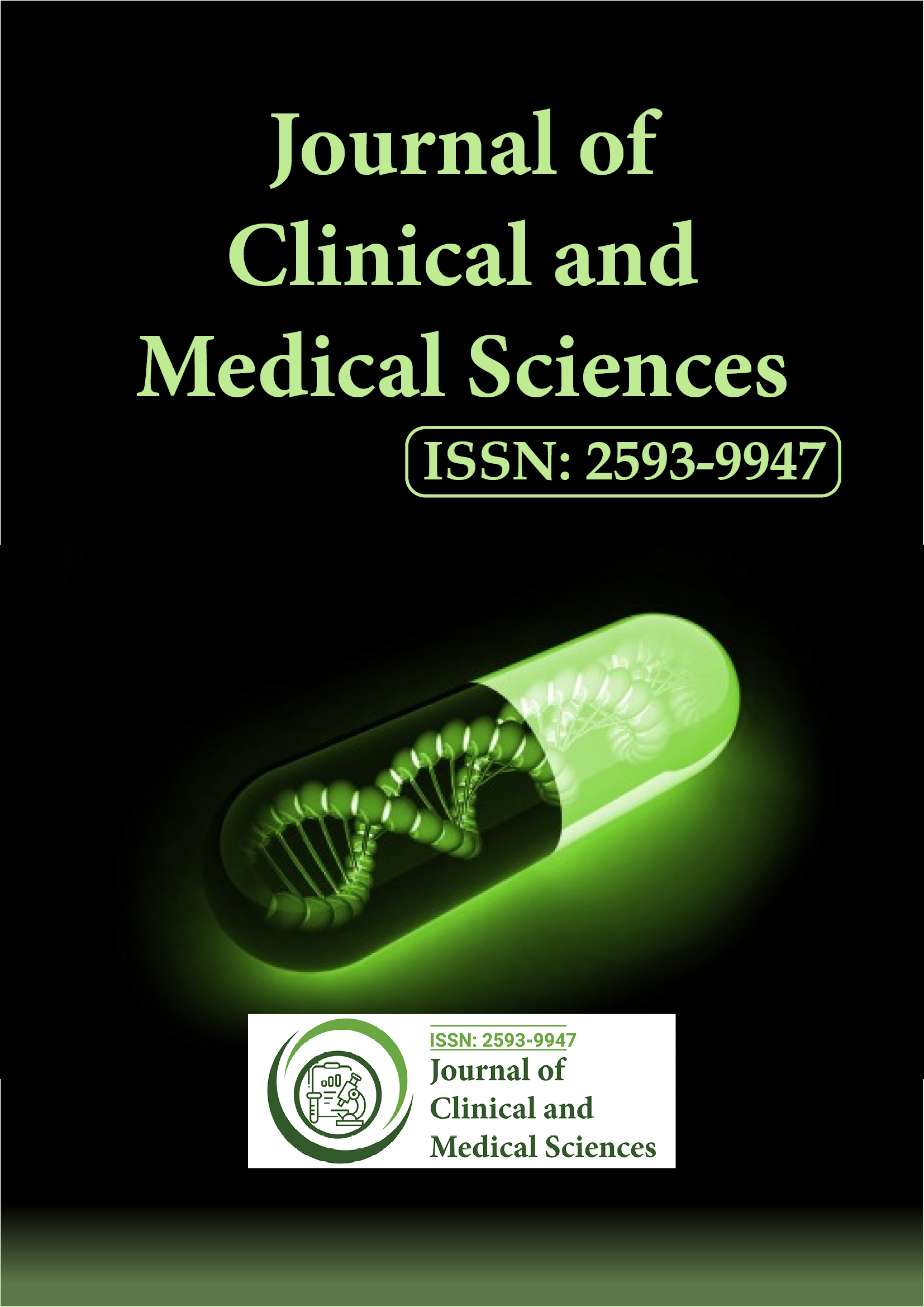indexado en
- pub europeo
- Google Académico
Enlaces útiles
Comparte esta página
Folleto de diario

Revistas de acceso abierto
- Administración de Empresas
- Agricultura y Acuicultura
- Alimentación y Nutrición
- Bioinformática y Biología de Sistemas
- Bioquímica
- Ciencia de los Materiales
- Ciencia general
- Ciencias Ambientales
- Ciencias Clínicas
- Ciencias farmacéuticas
- Ciencias Médicas
- Ciencias Veterinarias
- Enfermería y Cuidado de la Salud
- Genética y Biología Molecular
- Ingeniería
- Inmunología y Microbiología
- Neurociencia y Psicología
- Química
Abstracto
Puntuación de bilirrubina y albúmina (ALBI): un modelo nuevo y simple para predecir la mortalidad en pacientes con insuficiencia hepática aguda o crónica.
Uttayan Chakrabarti, Manisha Bais Thakur
The ALBI score is a new model for assessing the severity of liver dysfunction and to predict the outcome of patients with acute on chronic liver failure. The purpose of this study was to look for the prognostic value of ALBI score in predicting the outcome in patients of Acute on chronic liver failure. This prospective observational study included 50 consecutive patients of ACLF where we looked for the etiology of the underlying chronic liver disease, routine blood investigations were done, ALBI, MELD and CTP scores were calculated within 24 hours of admission. The mortality was assessed during the hospital stay and if discharged at 3 months by telephonic conversation. The association of ALBI score with the mortality in patients of ACLF was looked for and was compared with that of CTP and MELD scores. A higher ALBI score was noted in the non-surviving group than in the surviving group with a statistically significant difference (p-0.03). Comparison of the prognostic scores revealed ALBI to have a significant association with the outcome (p-0.0004), had the best predictive efficacy with the largest AUROC with a statistically significant difference noted with CTP score (p-0.044) but not with MELD score (p-0.3047). In the subgroup analysis of alcohol related ACLF, ALBI again had the best predictive efficacy though the difference with the other two scores was not statistically significant. A positive correlation was seen between ALBI and CTP, MELD scores. The fact that ALBI score uses only two convenient parameters, albumin and total bilirubin, readily obtained by an easily accessible blood test, objectively evaluated and being non inferior to the existing CTP and MELD scores indicate that ALBI score could be used as a simple, reliable prognostic score to predict the mortality in patients of Acute on chronic liver failure and for liver transplant prioritization.